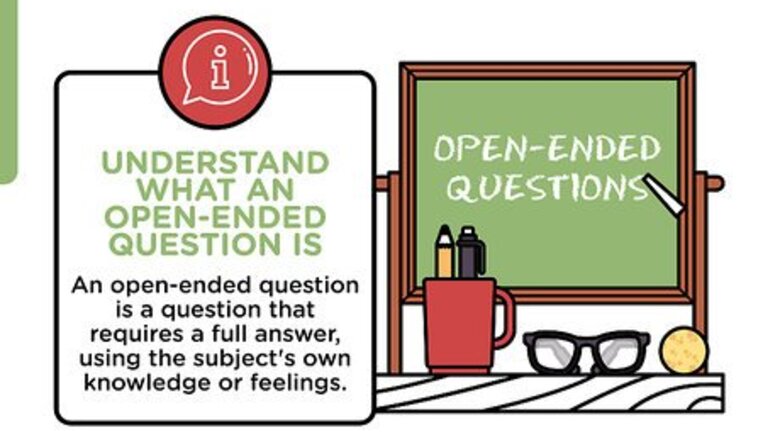
views
Understanding Open-Ended Questions
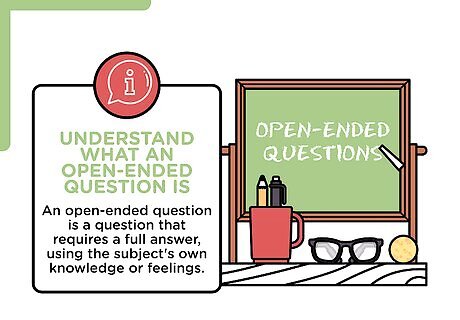
Understand what an open-ended question is. Before you can start effectively asking open-ended questions, you need to know what that is. An open-ended question is a question that requires a full answer, using the subject's own knowledge or feelings. These questions are objective, do not lead the person being asked, and result in an answer that requires an explanation. Examples of open-ended questions include: "What happened after I left?" "Why did Jim leave before Susan?" "What did you do at work today?" "What do you think about the new season of this TV show?"
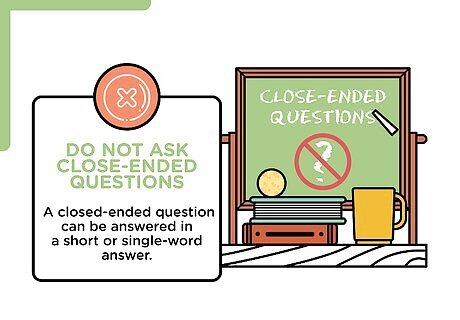
Do not ask closed-ended questions. A closed-ended question can be answered in a short or single-word answer. They are used to obtain facts and specific pieces of information. Examples of closed-ended questions are: "Who will you choose?" "What brand of car do you own?" "Did you speak to Bob?" "Did Susan leave with Jim?" "Who finished the cake?" Closed-ended questions bring conversations to a halt. They do not invite or encourage people to elaborate, talk about themselves, or give the questioner any detailed information.
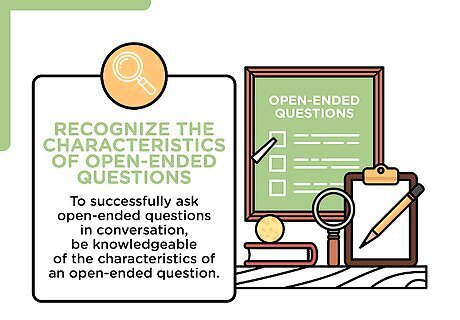
Recognize the characteristics of open-ended questions. Sometimes, people think they have asked open-ended questions when they have not. To successfully ask open-ended questions in conversation, be knowledgeable of the characteristics of an open-ended question. They require a person to pause, think, and reflect. Answers, typically, will not be facts, but personal feelings, opinions, or ideas about a subject. When using open-ended questions, the control of the conversation switches over to the person being asked the question, which begins an exchange between people. If the control of the conversation stays with the person asking questions, you are asking closed-ended questions. This technique makes it feel more like an interview or interrogation than a conversation. Avoid questions that have the following characteristics: answers that provide facts easy to answer questions answers that can be given quickly and require little to no thought. Questions that reflect these things are closed-ended.

Know the language of open-ended questions. To make sure you actually ask open-ended questions, you need to understand the language involved. Open-ended questions begin in very specific ways. Open-ended questions or statements begin with the following words: why, how, what, describe, explain, tell me about..., or what do you think about... Although "tell me about" or "describe" does not begin a question, the result is the same as asking an open-ended question. Closed-ended questions also have a specific language. If you want to avoid closed-ended questions, do not start questions with the following verbs: are/was, did/do, will, won’t, didn’t, aren’t, would, if.
Using Open-Ended Questions
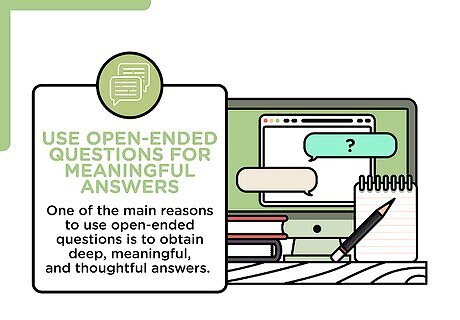
Use open-ended questions for meaningful answers. One of the main reasons to use open-ended questions is to obtain deep, meaningful, and thoughtful answers. Asking questions in this way invites people to open up, because you are showing that you are interested in what they have to say. Do not use closed-ended questions when you want meaningful answers. These questions can bring a conversation to a screeching halt. One word answers can make it difficult to build any kind of conversation or relationship. Closed-ended questions typically provide inadequate answers as well. Ask open-ended questions when you want detailed explanations to build off of. Use open-ended questions to expand the conversation after asking a closed-ended question, to gather a fact or one word answer. Take the fact or one word answer, and build an entire conversation of open-ended questions around it.

Specify boundaries. Open-ended questions can be too open sometimes. Wording is very important when asking open-ended questions, especially if you are looking for a certain type of answer. If you are trying to set a friend up on a date, you might ask them, "What are you looking for in a person?" They might answer with physical characteristics, when you wanted them to talk about personality. Instead, ask a more specific question with parameters: "What personality traits are you looking for in a person?"
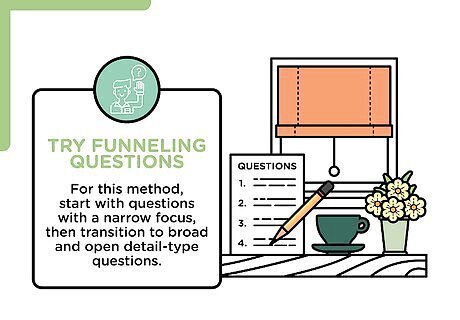
Try funneling questions. For this method, start with questions with a narrow focus, then transition to broad and open detail-type questions. This method is good if you are trying to get specific details from someone. It also works if you are trying to get someone interested in a topic, or trying to get someone to feel more confident. If you are struggling to get the person to open up with broad open-ended questions, try narrowing the questions first and then make them broader after getting them into the conversation. An example of this would be when talking to your kids. You might ask a question like "What happened at school today?" "Nothing" is the response. Follow-up with something like, "What writing assignments are you working on?" More than likely, this will spark a conversation.
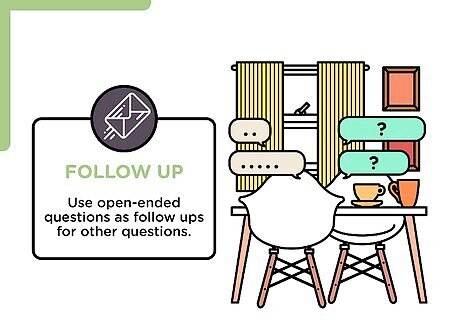
Follow up. Use open-ended questions as follow ups for other questions. These follow ups can be asked after open or closed-ended questions. Ask "why" and "how" to follow up and gain a lengthier answer after asking a closed-ended question. When someone has finished talking, ask them an open-ended question that refers to what they just said, or is related to what they just said. This keeps the conversation flowing in an open and engaging way.

Connect with people. Open-ended questions are one of the best ways to connect with someone through conversation. Unlike closed-ended questions, open-ended questions encourage deeper, more meaningful exchanges between two people. Open-ended questions indicate the questioner is interested in listening to the questionee's response. Ask these questions to find out more about a person. Many times, open-ended questions encourage people to talk about themselves. By asking follow up questions, you can continue discovering things about the person. These questions can demonstrate care, compassion, or concern for someone else. Open-ended questions require more involved, personal answers. By asking "How are you feeling" or "Why are you crying?", you invite a person to share their feelings with you. Asking "are you okay?" allows someone to answer with a simple "yes" or "no." Ask open-ended questions to generate conversation with quiet, nervous, or new people. It can help them feel at ease and encourage them to open up. Use open-ended questions to avoid pressuring, hinting at, or influencing a person's response. Most open-ended questions are neutral questions. The way that closed-ended questions are worded can cause a person to feel pressured to answer a certain way. For example, a leading question might be, "Don't you think the dress is cute?", while a neutral open-ended question would be, "How do you like the dress?" Tags such as "isn't it?", "don't you?" or "can't they?" can turn questions into leading questions, suggesting that the person you are talking to should agree with you. Do not use them with open-ended questions. Be careful not to ask people questions that are too personal or require too much personal information. Gauge the questionee's comfort level when asking questions. If you ask a question that you feel is too personal, just move on to another, less personal question.
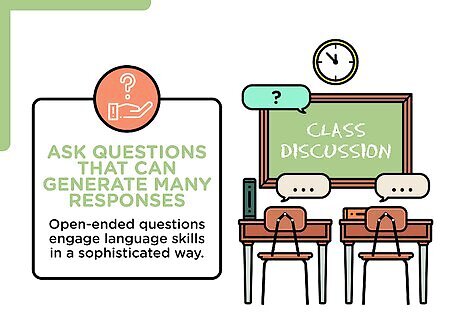
Ask questions that can generate many responses. Open-ended questions are great for discussions. They encourage different answers, opinions, and solutions. They also encourage creative thinking and validate people's ideas. Open-ended questions engage language skills in a sophisticated way. You can use open-ended questions with children and new language learners to help them stimulate their thinking and improve their language abilities.
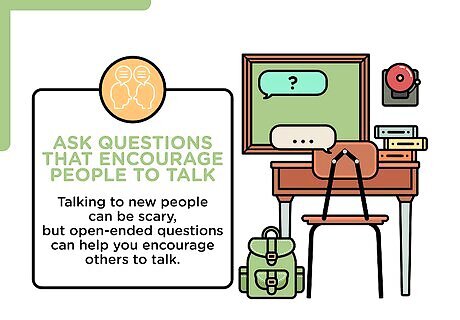
Ask questions that encourage people to talk. Conversation is an art that many people have trouble with. Talking to new people can be scary, but open-ended questions can help you encourage others to talk.

Use probing questions. Open-ended questions can be probing questions. There are two different methods to ask probing questions: Probing for clarity. If you ask an open-ended question that results in a general answer, ask another open-ended question for clarity. For example, if you ask someone "Why do you like living here" and she responds, "because of the scenery," you can ask her an additional question for clarity, such as, "What is it that you like about the scenery?" Probing for completeness. Once a complete, clear answer has been given to an open-ended question, you can ask more questions to get additional information. Examples of questions that probe for clarity are "What else do you like?" or "What other reason did you have?" Do not use "Is there anything else?" This is a closed-ended question, and can result in a simple "no" answer.

Invite creativity. One of the results of open-ended questions is creativity. Certain types of open-ended questions require answers that encourage people to expand the limits of their thinking. Some open-ended questions require predictions. Questions like, "Who will win the election" or "What effect would this candidate's election have on our state?" require people to come up with possible scenarios. These questions also sometimes make people consider consequences. By asking someone, "What would happen if..." or "what would happen if you...", you are inviting them to think about the cause and effects of a given scenario.
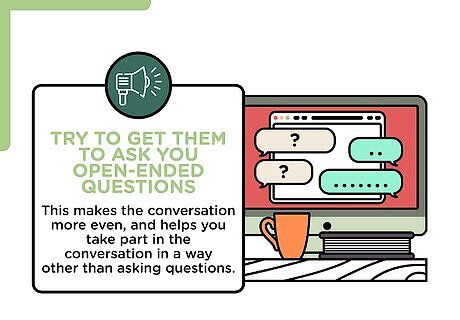
Try to get them to ask you open-ended questions. This makes the conversation more even, and helps you take part in the conversation in a way other than asking questions. To get someone to ask you questions, try not giving all the details of a story or opinion at once.
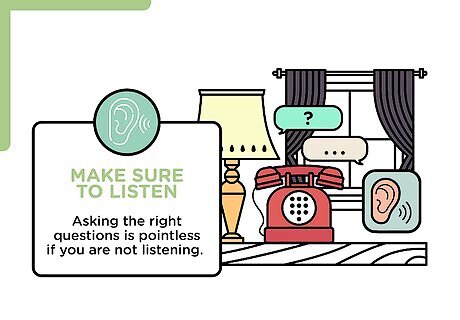
Make sure to listen. Asking the right questions is pointless if you are not listening. Sometimes we are guilty of formulating the next question without paying attention to the answer to the first. You miss great opportunities for follow up questions if you do this. Make an effort to listen to the answer you asked for.












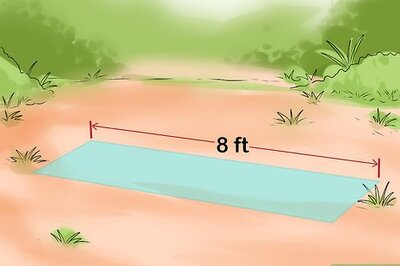




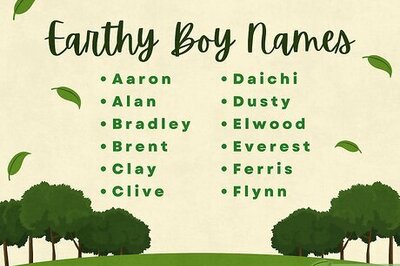

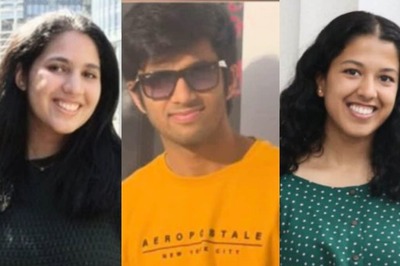
Comments
0 comment